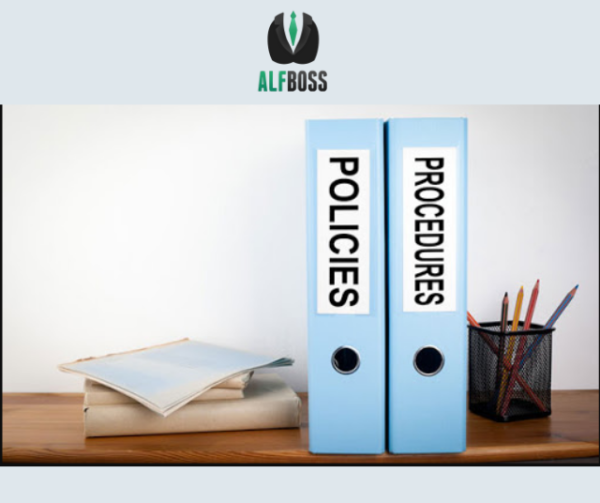
Having a thorough set of policies and procedures for how their facility operates can certainly keep them out of hot water in many different circumstances. Firstly, when you have a clear P&P for how things are supposed to go your staff will be much more prepared for their job which will ultimately lead to providing better care for residents. When team members understand expectations, it can lead to much happier and efficient employees who perform. In addition to the benefits, your staff and residents will see from having clearly defined P&Ps you can also guarantee the Bureau of Residential Facilities Licensing will require to see your policies on the regulations they are inspecting. For more information on what you need to develop in your policies and procedures check out the following regulation provided by Arizona BRFL:
Policies and Procedures
A manager shall ensure that policies and procedures are:
- Established, documented, and implemented to protect the health and safety of a resident that:
- Cover job descriptions, duties, and qualifications, including required skills and knowledge, education, and experience for employees and volunteers;
- Cover orientation and in-service education for employees and volunteers;
- Include how an employee may submit a complaint related to resident care;
- Cover the requirements in A.R.S. Title 36, Chapter 4, Article 11;
- Except as provided in subsection (M), cover cardiopulmonary resuscitation training for applicable employees and volunteers, including:
- The method and content of cardiopulmonary resuscitation training, which includes a demonstration of the employee’s or volunteer’s ability to perform cardiopulmonary resuscitation;
- The qualifications for an individual to provide cardiopulmonary resuscitation training;
iii. The time-frame for renewal of cardiopulmonary resuscitation training; and
- The documentation that verifies that the employee or volunteer has received cardiopulmonary resuscitation training;
- Cover first aid training;
- Cover how a caregiver will respond to a resident’s sudden, intense, or out-of-control behavior to prevent harm to the resident or another individual; This document contains an unofficial version of the new rules in 9 A.A.C. 10, Article 1, effective November 5, 2019. 5
- Cover staffing and recordkeeping;
- Cover resident acceptance and resident rights;
- Cover termination of residency, including:
- Termination initiated by the manager of an assisted living facility, and
- Termination initiated by a resident or the resident’s representative;
- Cover the provision of assisted living services, including:
- Coordinating the provision of assisted living services,
- Making vaccination for influenza and pneumonia available to residents according to A.R.S. § 36-406(1)(d), and
iii. Obtaining resident preferences for food and the provision of assisted living services;
- Cover the provision of respite services or adult day health services, if applicable;
- Cover methods by which the assisted living facility is aware of the general or specific whereabouts of a resident, based on the level of assisted living services provided to the resident and the assisted living services the assisted living facility is authorized to provide;
- Cover resident medical records, including electronic medical records;
- Cover personal funds accounts, if applicable;
- Cover specific steps for:
- A resident to file a complaint, and
- The assisted living facility to respond to a resident’s complaint;
- Cover health care directives;
- Cover assistance in the self-administration of medication, and medication administration;
- Cover food services;
- Cover contracted services;
- Cover equipment inspection and maintenance, if applicable;
- Cover infection control; and
- Cover a quality management program, including incident report and supporting documentation;
- Available to employees and volunteers of the assisted living facility; and
- Reviewed at least once every three years and updated as needed.
Top Takeaways:
- Established, documented, and implemented to protect the health and safety of a resident that:
- Cover orientation and in-service education for employees and volunteers;
Policies regarding the hiring and orientation practices of your facility are one of the most common deficiencies cited by state surveyors. Ensure this process is up to date and covers all necessary areas.
- Cover specific steps for:
- A resident to file a complaint, and
- The assisted living facility to respond to a resident’s complaint;
The inspection team will certainly want to know your policy regarding how residents can file a grievance or complaint. Ensure this process is seamless and covers how the facility will respond to the reported incidents as well. It would behoove you to have a grievance log with record of all grievances filed and how they were responded to.